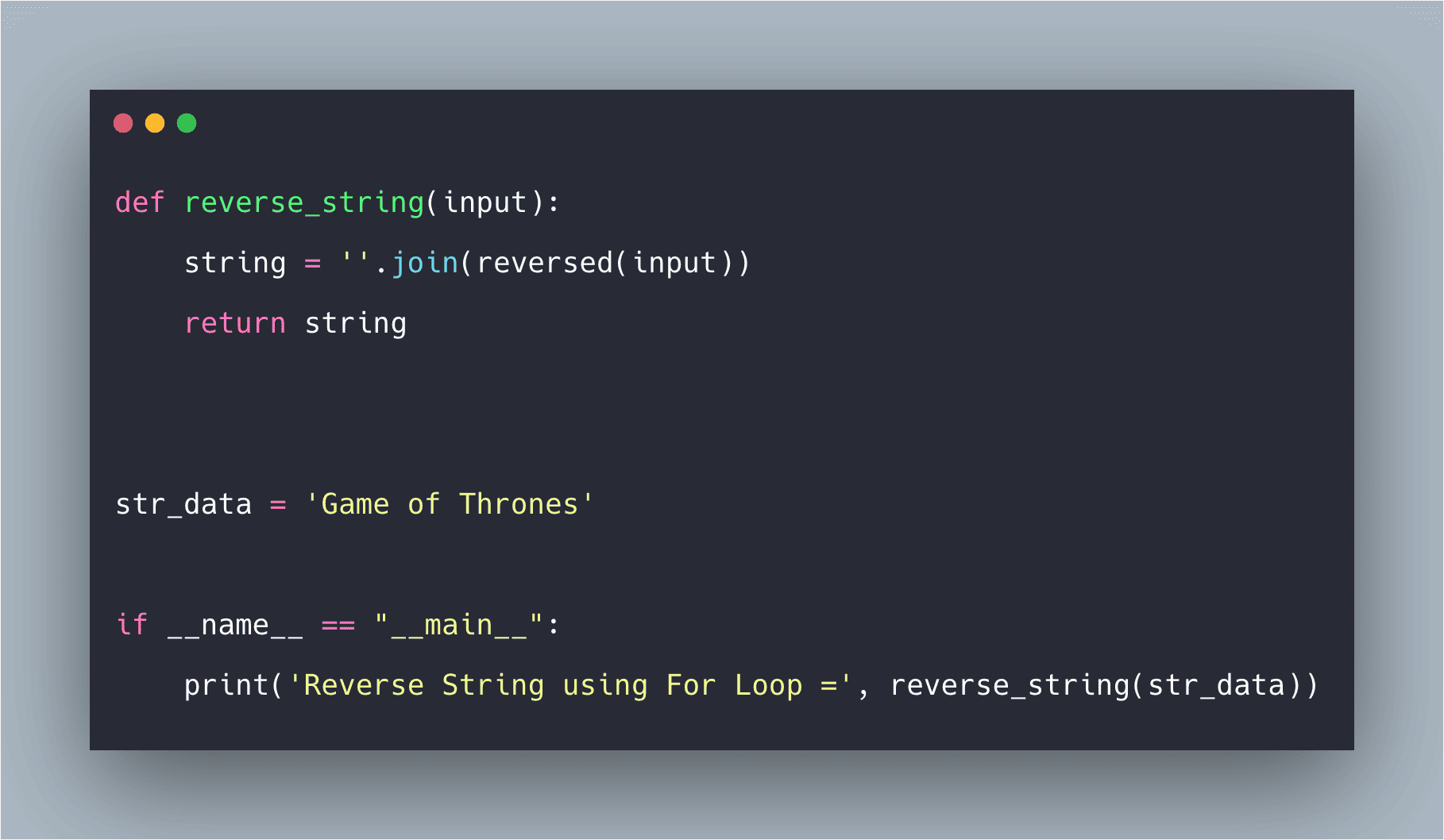

Regardless of how such services handle authentication and authorization on their end, the implementation process typically involves calling some API endpoints and receiving a private token - usually a JSON Web Token, or JWT - to be used in your frontend infrastructure. Because of this feature’s importance, we’ve seen more companies provide authentication solutions to ease the process - Firebase, Auth0, and NextAuth.js, to name a few. User authentication can be handled in a myriad of ways. Handling user authentication with Redux Toolkit If you remember in api.ts we make a definition for the product type based on what gets returned from our products that JSON call.Chinwike Maduabuchi Follow Frontend developer passionate about software engineering.

Inside of cartSlice, type import from "././app/api".

First, inside of cart, create a new file called cartSlice.ts. Each of our main features cart and products are going to have their own slices of the Redux store. A single slice file, we usually export a reducer and any actions or selectors associated with that data. Slices are a fairly new concept in Redux, but they're just the way to keep your data organized. Jamund Ferguson: In order to manage our data effectively, we're going to split up our Redux store into multiple slices. In store.ts we take all of the reducers generated by these slices and combine them back together into a single redux store with each slice of data owning one key on the main data store object. With RTK you define reducer methods and the actions and action types associated with those methods are automatically generated.

Redux reducers without RTK usually feature giant switch statements looking for different action types. An action is passed in to our redux store and each of our reducers has a chance to respond to that action with a new state. Reducers are the place where the redux state gets updated (or actually replaced). RTK's createSlice method simplifies the way reducers are created. Even when the data is null you can add a small comment indicating the expected shape. With plain JavaScript you can still indicate the shape of the data by fully filling out your initialState. With TypeScript this is done with an interface. It's important that the shape of the data for each slice is clearly defined at the top of the file. Each slice needs to own the shape of its part of the data and is generally responsible for owning any reducers, selectors or thunks that primarily access or manipulate that information. The Redux Toolkit has helped codify the notion that instead of splitting up your redux store into various reducer files, action files, and selector files it should be split into slices.


 0 kommentar(er)
0 kommentar(er)
